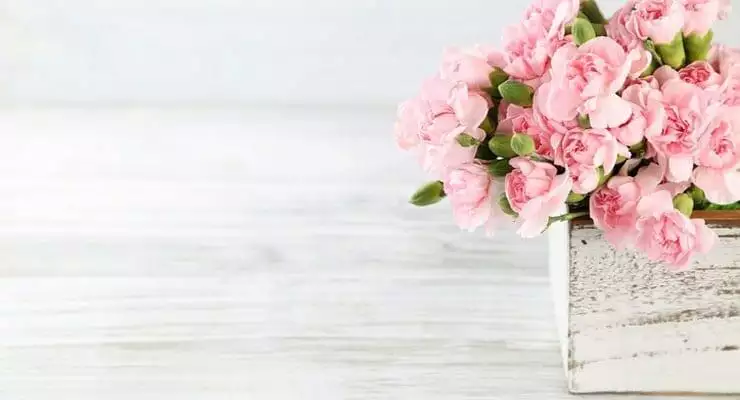Flower preservation is returning as a popular hobby. Some brides want to save flowers from their wedding bouquet. Gardeners want to decorate their houses with flowers grown in their own flowerbeds. Unfortunately, any methods for preserving flowers leave the flowers brittle. One method for preserving flowers that retains a more life-like appearance is to dip them in a solution of glycerin and water.
Effects
Part of the flower preservation process involves the removal of water from the stems, leaves and petals of the flower. When used to preserve flowers, glycerin replaces the water in the flower, according to the Kansas State University Extension. After the flower or foliage has air-dried, the glycerin lubricates the insides of the plant, keeping it soft and flexible.
Suitable Flowers
Certain flowers–or flowering shrubs–are better suited to glycerin preservation. Flowers used as fillers in arrangements include statice–both annual and German–pepper grass, baby’s breath and broom bloom and aspia, which look similar to baby’s breath. Other flowers include candytuft, yarrow, aspidistra, forsythia, leucothoe, ligustrum, magnolia, mahonia, oleander, osmanthus, pittosporum and viburnum. Gather the blossoms and foliage of these plants during the middle of the growing season.
Benefits
There are several benefits of using glycerin to preserve flowers. Petals and foliage preserved with this method remain supple. Although they remain soft, these flowers last for several years and may be wiped clean without fear of damage. Glycerin-preserved flowers and foliage can also be painted.
Limitations
There are several limitations to preserving flowers with glycerin. The foliage on some flowers loses its color during the process and turns brown. Dyes found at craft stores can be added to the glycerin/water solution to color the leaves, or they can be painted.
The environment for this must be carefully controlled to assure a successful replacement of glycerin for the water. The ideal preserving environment has an air temperature of 60°F to 75°F, with neither excessively low nor high relative humidity, good lighting–but not direct sunlight–and good air circulation, according to the KSU Extension.
Considerations
Preserving using glycerin will not hide imperfections on the petals or foliage. Select healthy specimens in the middle of the growing season; flowers cut and preserved during periods of rapid growth may not have a strong internal structure and could droop.
The fluids from flowers preserved with glycerin may stain or damage furniture or other surfaces. Wipe away any fluids from the petals and foliage before using these flowers.





